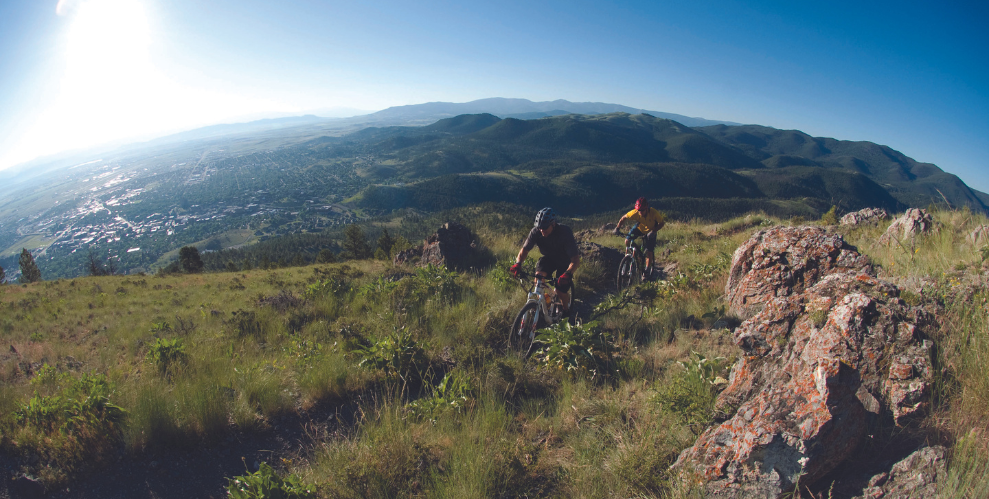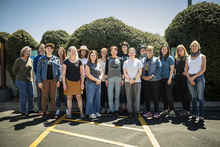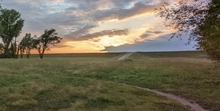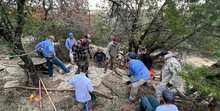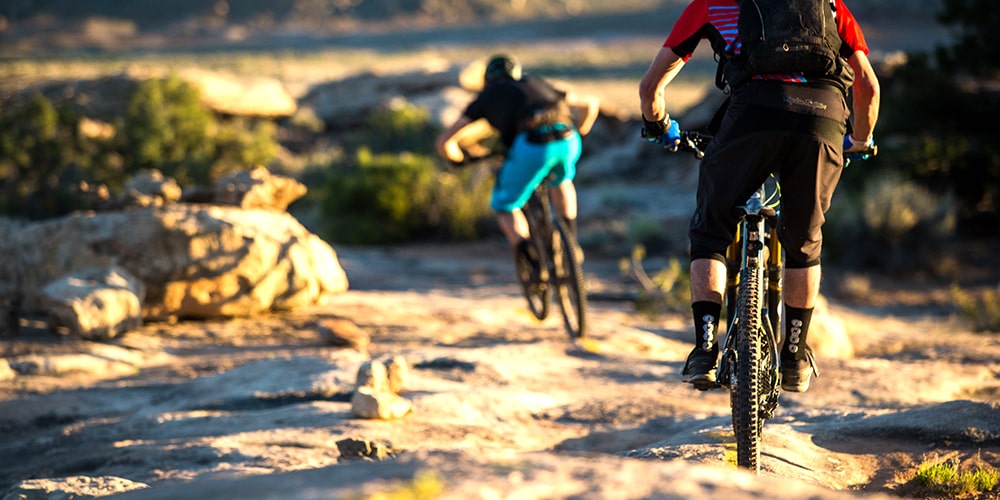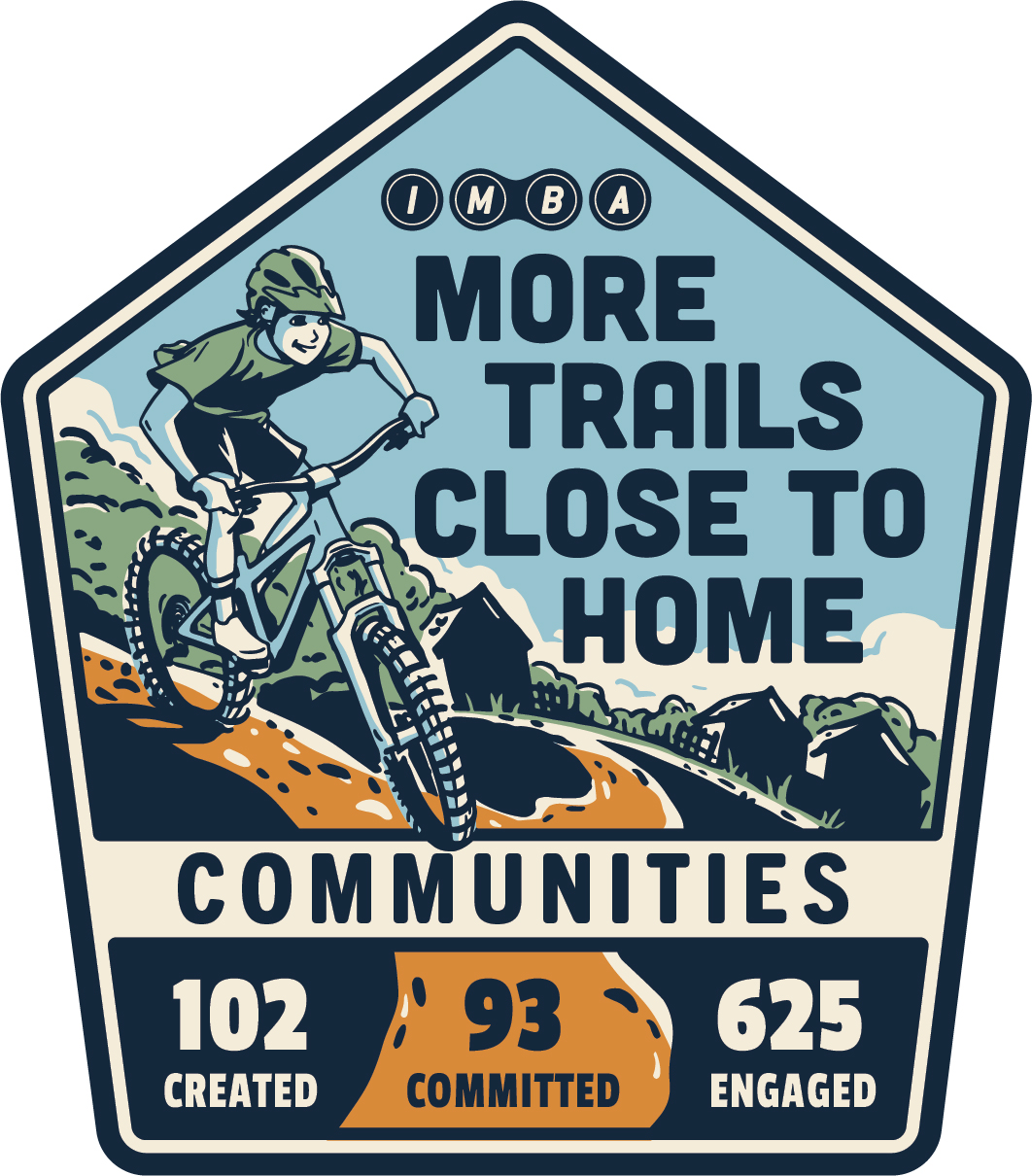Celebrating Women’s Mountain Biking Day 2025
Not all public lands management plans are designed the same way, for the same purposes, or with the same users in mind. In a previous blog, we covered National Monuments, and highlighted their sliding scale of mountain bike access and opportunity. As we begin the third of our Mountain Bike-friendly Land Designations blog series, we’ll focus on a newer type of companion land designation inspired by innovative mountain bike advocates. This designation features access to mountain biking for the benefit of human health and well-being, and has a focus on access for large numbers of people close to where they live.
Recreation Emphasis Areas - A *Very Brief* History Lesson
Recreation Emphasis Areas are a Forest Plan allocation intentionally designed to offer a variety of quality recreation opportunities accessible to a wide range of users, in several seasons, that typically offer challenges for a wide range of skill levels. To date, Recreation Emphasis Areas are contained within a larger forest management plan. As such, they are considered a “companion designation.” They are a newly innovated land designation offering strong conservation protections while preserving mountain bike access through proactive, collaborative advocacy. This new designation has been used as an alternative to the Recommended Wilderness designation, which manages mountain bike access inconsistently. In the case of Montana’s Custer-Gallatin National Forest, Recommended Wilderness would have closed some of the most revered high-elevation riding in the country to mountain bikers who had logged thousands of volunteer hours maintaining the trails.
So, why do Recreation Emphasis Areas matter to mountain bikers?
Mountain bikers were at the table when this designation was innovated. In well over a century of land designations, this is a first. Not only can Recreation Emphasis Areas explicitly protect access for riding on existing trails, they can also ensure new and different trails in specific areas of a Forest Plan receive early and ongoing consideration in land management plans. SO COOL...
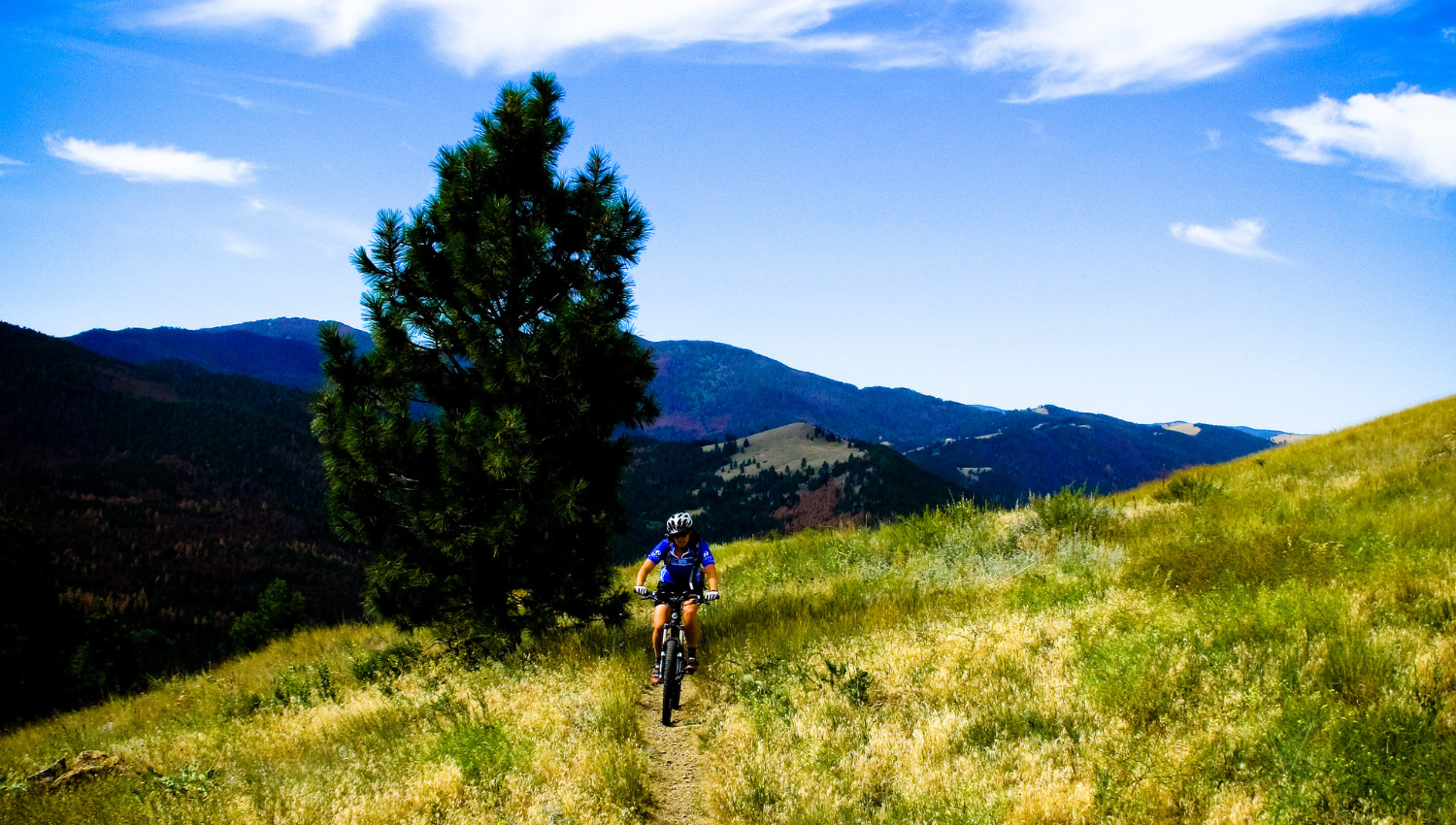
Mountain Bike Inclusion in Recreation Emphasis Areas
Maybe you’ve heard about mountain biking in the Lionhead? Backcountry riding in the Lionhead got a ton of press in 2019 when a threat to remove mountain biking was proposed via new Recommended Wilderness, and again in 2022 when the final forest plan decision ultimately protected mountain bike access through backcountry designation that came about as a direct result of advocacy in action. Maybe you’ve ridden mountain bike trails in the Custer-Gallatin National Forest?
The Custer-Gallatin National Forest is among the first, to our knowledge, forest management plans in which Recreation Emphasis Areas were innovated and included. But it didn’t happen automatically. It took committed, open-dialogue between sometimes-at-odds stakeholders to identify and establish the Recreation Emphasis Area solution.
The Gallatin Forest Partnership ensures diverse voices are heard and access is protected for all types of outdoor recreation enthusiasts, ranchers, and community members across southwest Montana in the Custer-Gallatin, immediately adjacent to Yellowstone National Park. The partnership has worked collaboratively as a diverse group of public lands stakeholders including mountain bikers, climbers, hikers, ranchers, and horsemen, alongside land managers from the United States Forest Service (USFS) and with IMBA.
Throughout a process that took more than 14 years and is still ongoing, the inclusion of Recreation Emphasis Areas was conceptualized and agreed upon by USFS land managers and planners with full support by the diverse and impactful Gallatin Forest Partnership. Recreation Emphasis Areas were designed to protect access to mountain biking in and around already active riding areas, and to intentionally create opportunities to build new trails in the forest plan where trails make sense for the multiple stakeholder groups. These Recreation Emphasis Areas mirror National Recreation Areas (next week’s blog topic) in that locations and boundaries for recreation emphasis areas are identified and designed to increase access to outdoor recreation, including mountain biking, especially around already active trailheads and well-visited trails.
The 2022 land management plan for the Custer-Gallatin National Forest includes ten Recreation Emphasis Areas covering 330,000 acres. Recreation Emphasis Areas were planned in areas that have complex uses and existing outdoor recreation infrastructure (like campgrounds, trails, and pit toilets), and that are close to urban centers. In the Custer-Gallatin forest plan, Recreation Emphasis Areas are open to non-motorized as well as motorized uses. Storm Castle, Bozeman Creek Watershed, and Hyalite Canyon are all examples of Custer-Gallatin’s Recreation Emphasis Areas that have mountain bike trails.
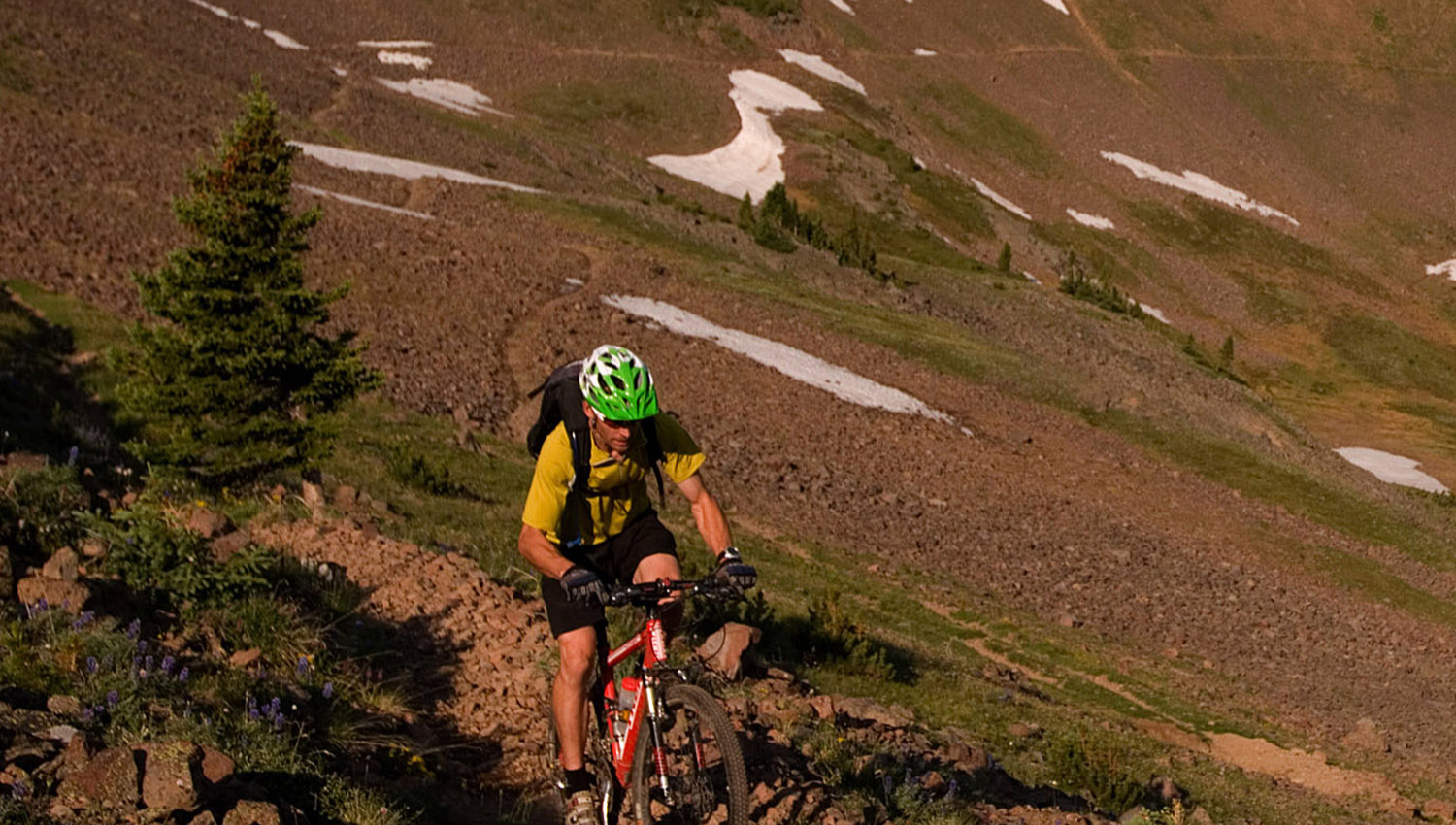
Advocacy in Action with Adam, a SWMMBA Trail Champion in Action
The Recreation Emphasis Areas in the Custer-Gallatin Forest Plan are a result of the collaborative, novel work between the Southwest Montana Mountain Bike Association (SWMMBA) and the Gallatin Forest Partnership.
IMBA spoke with Adam Oliver, one of the original founders and a lead advocate for SWMMBA. Adam, with a background in environmental work, imagined he’d be moving dirt and doing trail maintenance when he joined SWMMBA. But, because of his experience with reading documents and maps and understanding forest planning jargon, he plays a key role in promoting and protecting mountain bike interests.
Adam’s most profound takeaways from advocating for mountain bikes are not related to the minutiae or specific details that went into ensuring mountain bikers were included in trail planning in Recreation Emphasis Areas in Custer-Gallatin. Instead, they are centered on trust between stakeholders, big picture thinking, and full-send-style participation.
As travel and forest management plans emerged during the Custer-Gallatin planning phases and threatened the loss of both backcountry and closer-to-home trails, Adam knew SWMMBA had to be at the planning table. At the time, other outdoor recreation organizations were coming to the same realization, and the diverse group of advocates decided to organize together to have greater impact. They came together as the Gallatin Forest Partnership with the expressed purpose of creating a shared vision and management recommendations for the public lands managed by the Custer Gallatin National Forest located on portions of the Bozeman, Hebgen and Yellowstone Ranger Districts.
Gallatin Partnership Unified Agreement
For Adam, being able to be a part of a group that identified sections of forest with cherished trails as ideal for specific designations like Recreation Emphasis Areas is awesome, but knowing the whole picture and being a part of every collaborative conversation is the gold standard. The Gallatin Forest Partners regularly disagree about how specific areas should be used as they continue their work together, but the mountain bikers, ranchers, conservation groups, hikers, climbers, and other outdoor recreation groups focus on their stated shared values to overcome differences and work toward common goals. Because of the collaborative, ongoing commitment by groups with multiple interests, the Gallatin Forest Partnership’s recommendations are well-received by land managers and relationships are strong.
Through the work with the Gallatin Forest Partnership, Adam and SWMMBA can focus on mountain bike-specific recommendations while they maintain a shared, holistic vision that considers the whole context of the Custer-Gallatin National Forest, rather than trying to push small issues through that could sever connections. Through the innovative, collaborative insights of the group, “Recreation Emphasis Areas” were defined and established instead of trying to lump unique spaces into predefined forest planning categories or designations.
Adam and SWMMBA’s ongoing work underscores the importance of collaboration, shared values, and committed, strategic advocacy to address challenges and promote the interests of mountain bikers as part of our larger outdoor recreation community. Spanning more than 3 million acres, the Custer-Gallatin National Forest represents an evolving forest landscape and an evolving forest management plan. Thanks to the work of advocates like Adam and the Gallatin Forest Partnership, it will continue to allow for existing and new mountain bike trails.
